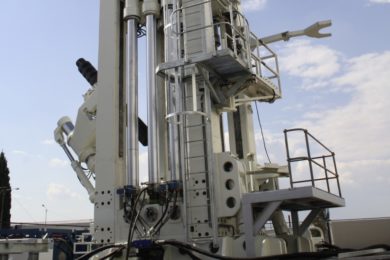A paper at the SME Annual Meeting at the beginning of the month considers the feasibility study for the Grasberg block cave mine (IM, March 2010), finalised in May 2008, that indicated a production capacity of 160,000 t/d. A rail haulage system was an integral part of the mine design. This paper describes the simulation process used in optimising the design and discusses the key factors and variables that impact the capacity of the system. The final recommendations for the haulage level layout and associated equipment are also included.
The optimisation process was to be performed using a simulation approach. A model of the ore handling system was developed using Arena simulation software.
The authors – D. Marsh of the University of Arizona, C. Peppin of Stantec Mining and I. Ross, Freeport-McMoRan Copper and Gold – conclude: “The simulation approach is an appropriate tool to model the complex ore handling system planned for the GBC. The Arena software was flexible enough to allow all the relevant variables to be tested to find the optimal combination.
“The number of runs used in this process was 815. This number of scenarios might appear to be excessive. However, when the life of the mine and the ore to be handled is considered (almost 20 years and 1 billion tonnes), this is a relatively small investment in time for such a significant undertaking.
“The optimisation process has allowed management to make the decision on the appropriate elevation for the rail haulage.”









